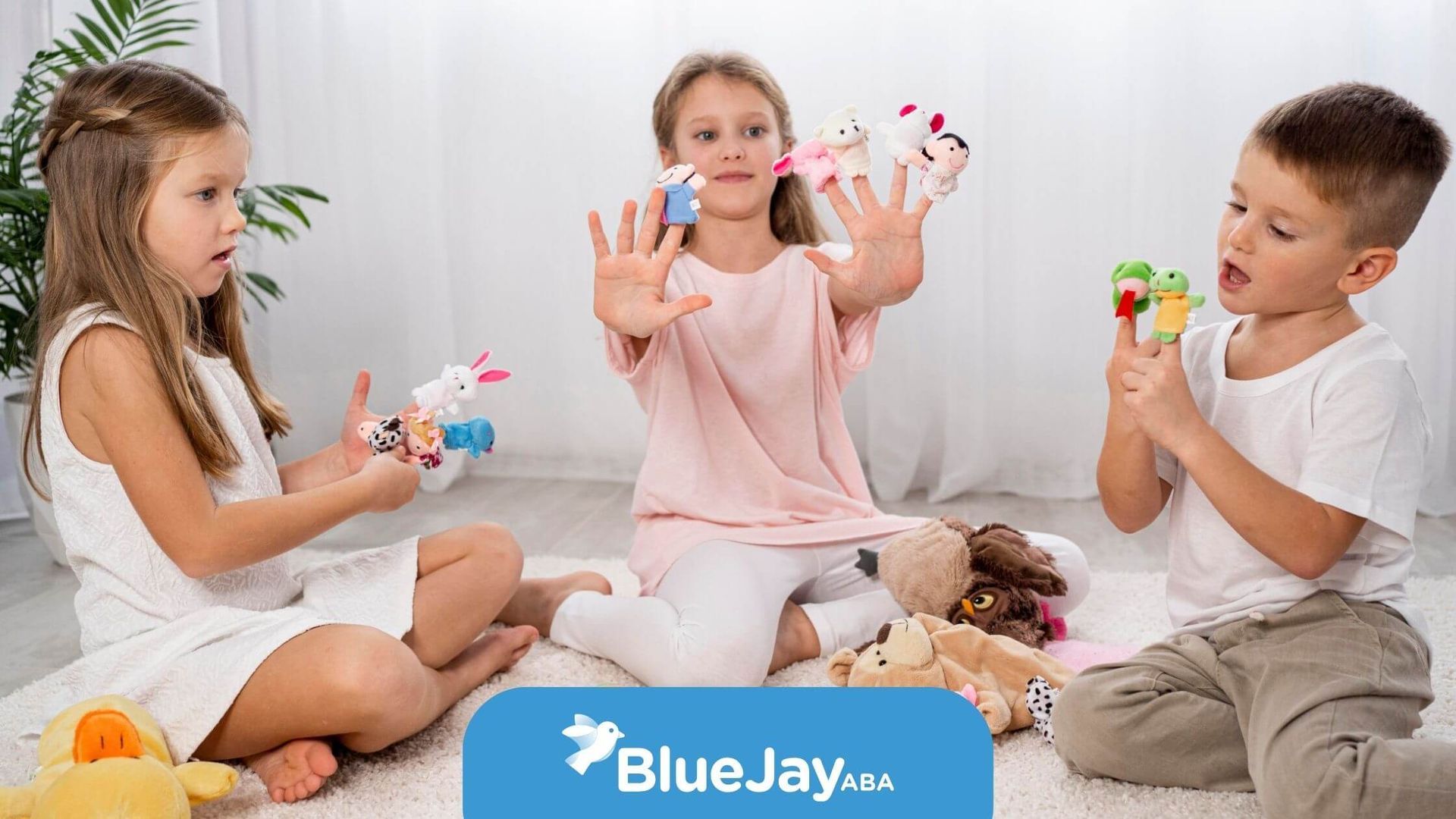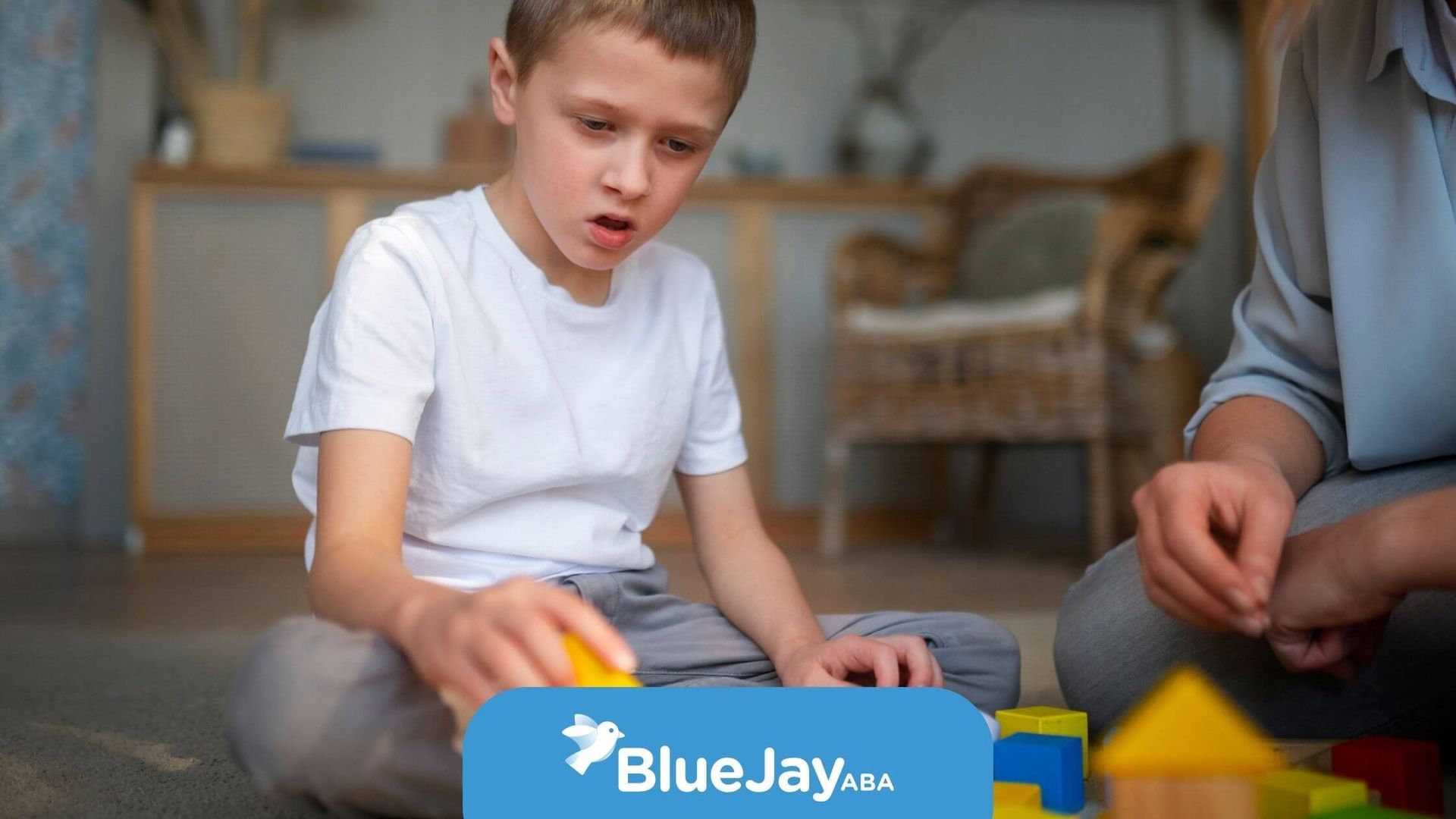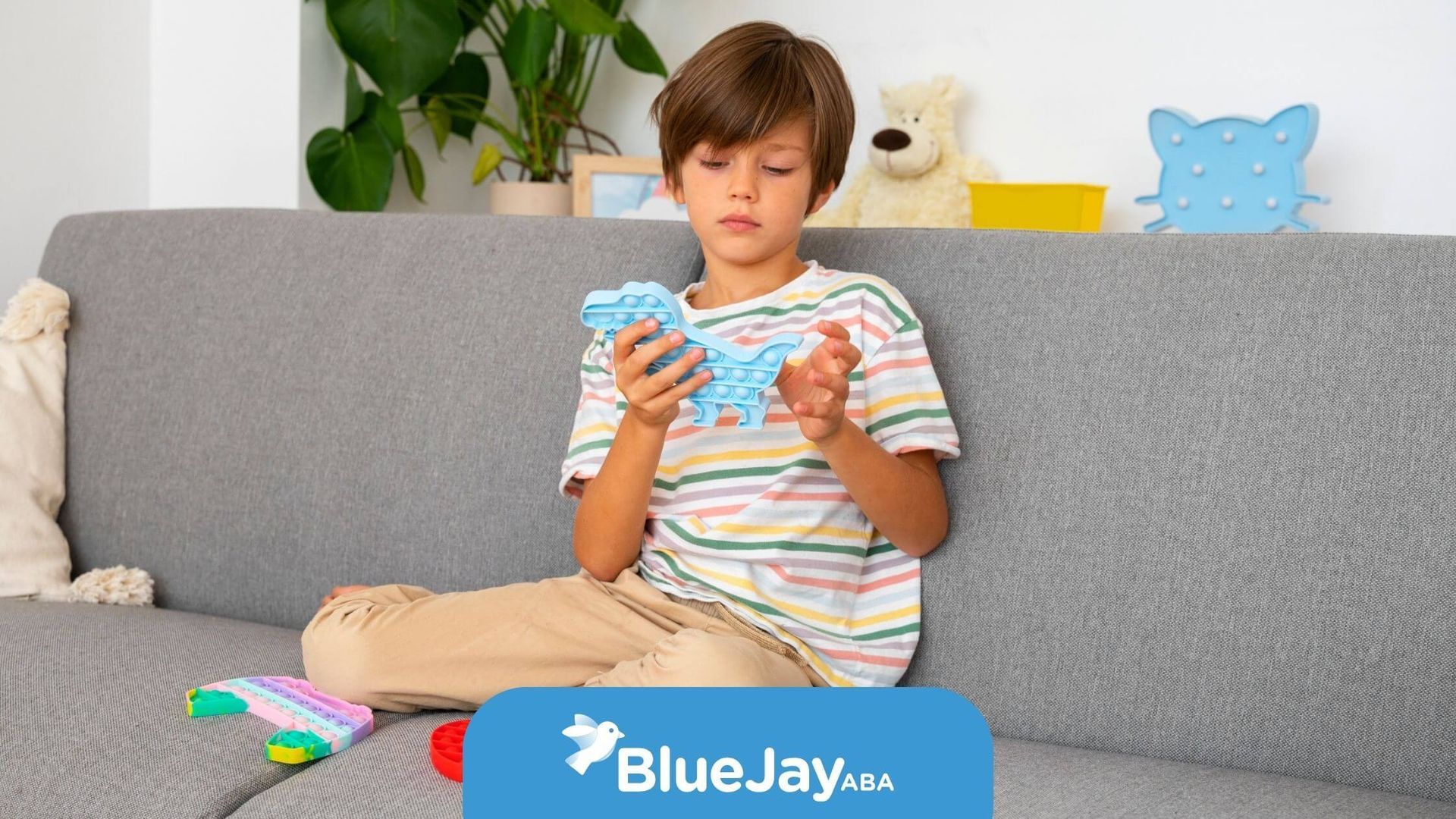ABA Therapy Hours Explained: Is 40 Hours Too Much for Kids?
When families are first introduced to Applied Behavior Analysis (ABA) therapy, they may hear the recommendation of 40 hours a week. Naturally, the question comes up: “Isn’t that too much for my child?”
The number 40 often comes up in ABA therapy discussions. But what does it mean? Is it a strict requirement, or just a starting point? The answer lies somewhere in between.
A family I supported once started with 20 hours a week of home-based ABA. As their daughter progressed and built stamina, they gradually increased to 35. She blossomed—not because of the number, but because the hours matched her needs.
Where Did the 40-Hour Recommendation Come From?
The idea of 40 hours per week comes from early research in the 1980s and 1990s. In one landmark study, children who received intensive ABA therapy for 30–40 hours weekly showed greater gains in communication, learning, and independence compared to children who had fewer hours.
What This Means Today
- 40 hours is not a rigid rule, but rather a benchmark for “intensive” therapy.
- Some children benefit from fewer hours, while others may thrive with the full 40.
- The most important factor is consistency and quality of therapy, not just the number of hours.
What Does 40 Hours of ABA Look Like?
Parents often imagine a child sitting at a desk for eight hours a day, five days a week—but ABA looks very different in real life.
How Sessions Are Structured
- Play-based learning: Many ABA sessions use games, toys, and natural play to teach skills.
- Variety of settings: Sessions can take place at home, in school, or in the community.
- Short, manageable tasks: Skills are broken down into small steps, practiced in ways that feel engaging.
A Typical Week
- Sessions may be split into shorter blocks throughout the day.
- Therapy often includes breaks, snacks, and movement activities.
- Families and therapists adjust the pace based on the child’s energy and needs.
So while “40 hours” may sound overwhelming, it’s often spread out in ways that feel natural and supportive rather than exhausting.
Is 40 Hours Too Much for My Child?
Not every child needs—or can manage—40 hours of ABA therapy. Some children thrive with intensive schedules, while others may do best with fewer hours paired with school or other therapies.
Factors to Consider
- Age: Younger children may tolerate longer therapy schedules better, as learning can be play-based and woven into daily life.
- Developmental needs: Children with more significant support needs may benefit from higher hours.
- Family routines: Therapy must fit into your family’s life in a way that feels sustainable.
Signs of Overload
If your child seems constantly tired, frustrated, or resistant, it may be a signal that therapy hours need to be adjusted. ABA should support growth, not create stress.
How ABA Hours Are Decided
The number of ABA hours isn’t chosen at random. It’s based on a professional evaluation and individualized goals for your child.
ABA Assessment
A comprehensive ABA assessment helps determine:
- Which skills need the most support
- How quickly a child learns new skills
- What schedule works best for the child and family
Collaboration with Families
Parents are always part of the decision-making process. The treatment plan can be adjusted over time, depending on progress and changing needs.
Benefits of Intensive ABA
Research consistently shows that children who receive more hours of ABA therapy—especially early in life—tend to make greater progress.
Potential Gains
- Faster skill development: More hours mean more opportunities to practice.
- Generalization: Skills learned in therapy transfer more easily to everyday settings.
- Long-term independence: Intensive support early on may reduce the need for support later.
Why Intensity Matters
Think of it like learning a language. Practicing every day leads to faster progress compared to only practicing once or twice a week. ABA works the same way—more opportunities lead to stronger, lasting results.
Balancing ABA with Other Needs
While 40 hours may be ideal for some, balance is key. Children also need time for school, family activities, free play, and rest.
Finding the Right Mix
- For preschoolers: Higher ABA hours may work well since therapy often looks like structured play.
- For school-aged children: ABA may be balanced with classroom learning and social activities.
- For teens: Therapy often focuses on independence, life skills, and vocational training, sometimes with fewer hours.
At Blue Jay ABA, we understand that no two children are alike. That’s why we personalize therapy recommendations based on each child’s strengths and challenges.
Our ABA services in North Carolina include:
- In-home ABA therapy: Skills practiced where children feel most comfortable.
- School-based ABA therapy: Support in classrooms and educational settings.
- Telehealth ABA therapy: Flexible therapy delivered online.
- Autism evaluation and diagnosis: Clear answers to guide families forward.
- ABA parent training: Strategies for parents to reinforce progress at home.
Families can explore our ABA therapy services in North Carolina and find the right balance for their child.
FAQs
Does my child need 40 hours of ABA per week?
Not necessarily. Some children benefit from intensive schedules, while others thrive with fewer hours. The right number depends on your child’s individual needs.
Will too much ABA overwhelm my child?
Therapy should never feel overwhelming. If your child seems stressed or exhausted, the treatment team can adjust hours and approaches.
Can ABA therapy be effective with fewer than 40 hours?
Yes. While research supports intensive therapy, many children make meaningful progress with fewer hours—especially when families are actively involved.
Sources:
- https://pmc.ncbi.nlm.nih.gov/articles/PMC11219665/
- https://pmc.ncbi.nlm.nih.gov/articles/PMC9380934/
- https://pmc.ncbi.nlm.nih.gov/articles/PMC9458805/
- https://bmcpsychiatry.biomedcentral.com/articles/10.1186/s12888-022-04412-1
- https://www.autismspeaks.org/applied-behavior-analysis
Related Posts






